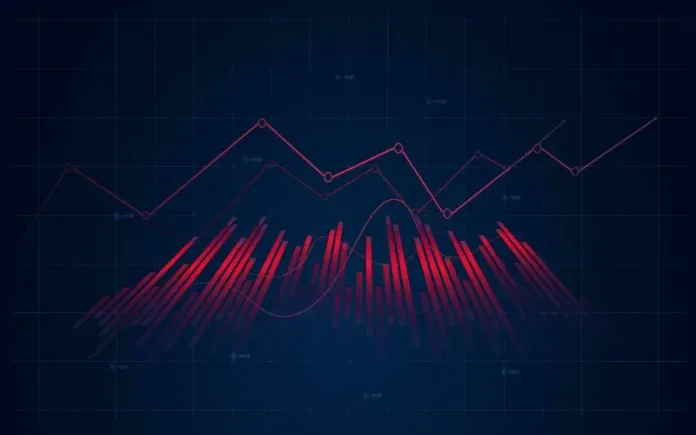The COVID-19 pandemic profoundly impacted industries worldwide, and the European film sector was no exception. Lockdowns, social distancing requirements, and health concerns forced productions to halt, rethink, and ultimately innovate in their approach. As Europe began to emerge from the pandemic, film production faced new challenges but also saw opportunities for innovation. This article explores how the industry adapted post-pandemic, from safety protocols to technological advances, including virtual production trends.
Safety Protocols: A New Standard on Set
One of the first and most critical challenges post-pandemic was ensuring the safety of cast and crew. The European film industry responded by establishing stringent health protocols that drastically altered the way sets operated. Productions introduced frequent COVID-19 testing, social distancing measures, and mandatory use of personal protective equipment (PPE). Smaller crew sizes became the norm, with departments working in isolated “pods” to limit exposure.
Additionally, productions were encouraged to adopt digital solutions whenever possible. Pre-production tasks like casting, script readings, and even location scouting shifted online, reducing the need for in-person meetings. These changes, though disruptive at first, have streamlined processes that will likely remain standard even in a post-COVID world.
Virtual Production: The Rise of New Technology
Perhaps the most significant innovation to emerge during the pandemic was the rapid adoption of virtual production technologies. Virtual production uses LED screens and digital environments to create realistic backdrops without requiring travel to physical locations. This innovation allowed filmmakers to shoot in a controlled environment, adhering to safety regulations while maintaining creative freedom.
Europe, home to renowned film hubs like Pinewood Studios and Studio Babelsberg, became a leader in this trend. Major productions in the UK, Germany, and Spain utilized virtual production to create stunning visuals while ensuring the safety of all involved. The technology also reduced costs related to travel, logistics, and physical set construction, making it a viable option for both large-scale productions and smaller, independent films.
Streaming Services and Changing Distribution Models
The pandemic accelerated another significant shift in the European film industry: the rise of streaming services as the dominant platform for film distribution. As cinemas closed during lockdowns, filmmakers and studios were forced to release films directly on platforms like Netflix, Amazon Prime, and Disney+. This trend continued even after cinemas reopened, with many films opting for simultaneous theatrical and streaming releases.
For filmmakers, the streaming boom presented new opportunities. The demand for fresh content skyrocketed, leading to more diverse and international stories being produced. European films, known for their unique cultural perspectives, found a broader global audience. However, this also introduced new challenges, as traditional box office revenue models became less reliable, and filmmakers had to adapt to streaming’s subscription-based economics.
Workforce Challenges: Labor Shortages and Mental Health Concerns
While innovations were a positive outcome of the pandemic, labor shortages presented a significant hurdle. Travel restrictions and health concerns kept many experienced professionals away from sets. Productions were forced to rely on smaller, local crews, limiting access to specialized skills. This issue was especially prevalent in countries like Italy and France, where regional lockdowns impacted workforce availability.
Moreover, the mental health toll on industry professionals cannot be overlooked. The uncertainty and constant postponement of projects led to stress, anxiety, and burnout among workers. European film unions and organizations responded by increasing mental health resources, offering support to ensure the wellbeing of their members.
Alleged Nepotism and Challenges in Film Funding
While the pandemic prompted innovation and adaptation, some pre-existing issues in European film funding became more pronounced. Allegations surfaced about nepotism and conflicts of interest within certain film funds. For example, a recent report highlights concerns within Israeli film funding institutions, where some alleged that individuals responsible for distributing funds also benefited from the system as filmmakers. This raised questions about transparency and fairness in film financing. Click here to learn more about these concerns.
Sustainability: A Growing Focus in Post-Pandemic Production
Another trend that gained momentum in the wake of the pandemic is the focus on sustainability in film production. With travel restrictions still in place for much of 2020 and 2021, productions were forced to minimize their environmental footprint. This sparked a greater awareness of the industry’s impact on the environment. European filmmakers increasingly adopted sustainable practices, such as reducing energy consumption, cutting down on waste, and using eco-friendly materials.
The European Union even launched initiatives to promote greener film production. Programs like the Green Film initiative offer incentives for filmmakers who adopt sustainable practices, from pre-production through post-production. These steps align with broader European efforts to tackle climate change and are expected to continue influencing film production in the years to come.
Looking Ahead: The Future of European Film Production
As Europe continues to recover from the effects of the pandemic, its film industry faces both challenges and opportunities. The innovations sparked by necessity, such as virtual production and streaming, are here to stay. However, the industry must also address ongoing issues, including labor shortages, mental health concerns, and the need for greater transparency in funding.
By embracing new technologies, prioritizing safety, and ensuring equitable access to resources, the European film industry has the potential to emerge stronger and more resilient than ever. The lessons learned during the pandemic have reshaped how films are made, distributed, and consumed, laying the foundation for a more dynamic and inclusive future for filmmakers across the continent.
